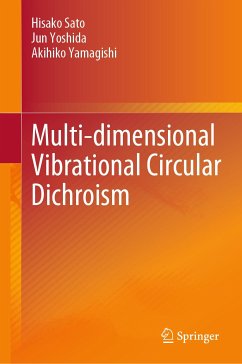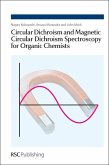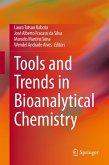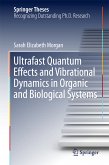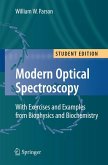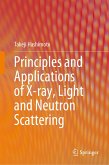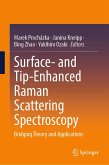This book provides the reader with the latest research on vibrational circular dichroism (VCD) spectroscopy including its useful features and applications to many fields. The book starts from an unresolved question in gel chemistry of how component molecules are organized in the flexible fibrils of gels. VCD spectroscopy was successful in giving a clear answer to this mystery. The book also describes a key aspect of this technique lay in the fact that VCD signals were remarkably enhanced when chiral molecules formed a stereoregular molecular array over a few hundred nanometers. VCD spectroscopy was also applied to other topics involving chiral molecules such as the chiral discrimination mechanism in heterogeneous asymmetric catalysis and the build-up of supramolecular chirality in molecular crystals. Furthermore, the book covers the recent instrument developments leading to multi-dimensional VCD measurements with the coordinates of wavenumber, space and time. This progress has opened up new biological and medical applications such as the heterogenous distributions of protein domains in insect wings and the quality control of chiral drugs. The last part of the book presents the possibility of medical diagnosis of Alzheimer's disease through multi-dimensional VCD analyses.
This book appeals not only to researchers and students who study spectroscopy but also to ones in catalysis, biology and medicine as users of the VCD methods.
This book appeals not only to researchers and students who study spectroscopy but also to ones in catalysis, biology and medicine as users of the VCD methods.
Dieser Download kann aus rechtlichen Gründen nur mit Rechnungsadresse in A, B, BG, CY, CZ, D, DK, EW, E, FIN, F, GR, HR, H, IRL, I, LT, L, LR, M, NL, PL, P, R, S, SLO, SK ausgeliefert werden.

